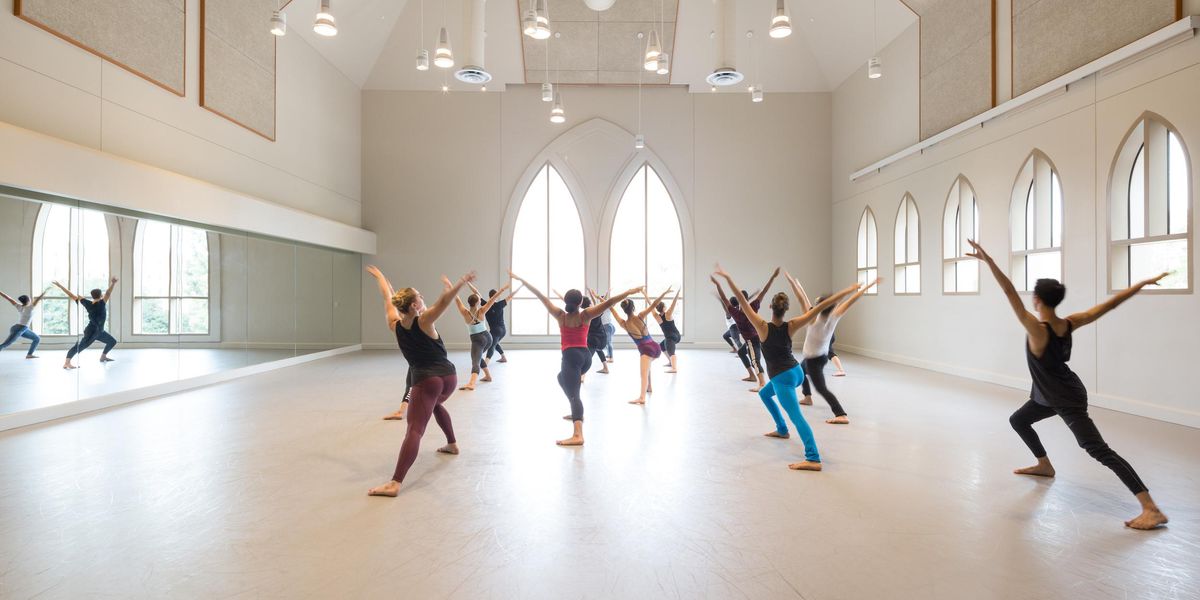Top Five Moments From the "Exploring D-ancestry" Workshop at Steps
Panelist Sara Mearns in Balanchine’s Serenade. Photo by Paul Kolnik, via NYCB.
Last night, five dance icons and a bunch of eager young dance students gathered in a small studio at The School at Steps in Manhattan. The topic: dance history. It’s a huge task to take on in just a couple hours, but it didn’t matter. The panelists—former Martha Graham Dance Company soloist Marnie Thomas Wood, former Alvin Ailey American Dance Theater principal Renee Robinson, former Broadway pro Bill Hastings, former American Ballet Theatre principal Leslie Browne, and New York City Ballet principal Sara Mearns—had plenty of wonderful stories to tell about dance’s history, and their own. Here are some of my favorite tidbits from Steps’ The Complete Dancer Series event.
- Wood told us that at Graham, a common pre-show occurrence was a big argument in the dressing room about which version of a work they were doing that night. Each piece shifted depending on who was performing the principal role—Graham never asked two dancers to attack something the same way.
- Robinson was almost turned away when she auditioned for the Ailey School because she had very little modern technique, she said. Though they did take her into the school, and eventually Ailey II, she had to audition twice before getting into the main company.
- Though Dancin’ was one of Fosse’s signature musicals, its number “I Wanna Be a Dancin’ Man” struggled during its opening months; the audience just wasn’t having it. After hours and hours of pruning and cleaning, Fosse went back to the basics. He and the cast dissected the lyrics, so that each ensemble member was singing and dancing with the exact same intent. Without changing anything choreographically, he transformed the number into a hit.
- After auditioning for her role in The Turning Point and getting no response, Browne called the director and said she knew she was the right person for the part. Though he was looking for a named star, he ended up going with her because she had the guts to step forward.
- Mearns spent several summers at the School of American Ballet and was never formally offered a spot in the year round program, though her brother was given a scholarship. In an act of desperation—she knew SAB was the place she wanted to be, and her school in South Carolina was closing—she begged for a spot. And they gave one to her.
What do all these stories have in common? The perseverance to perform a work just right, to elevate choreography to its fullest potential, to put your pride on the line to become the dancer you know you can be. The pivotal movers and shakers in dance’s history, after all, didn’t get anywhere by settling or following the norm.




